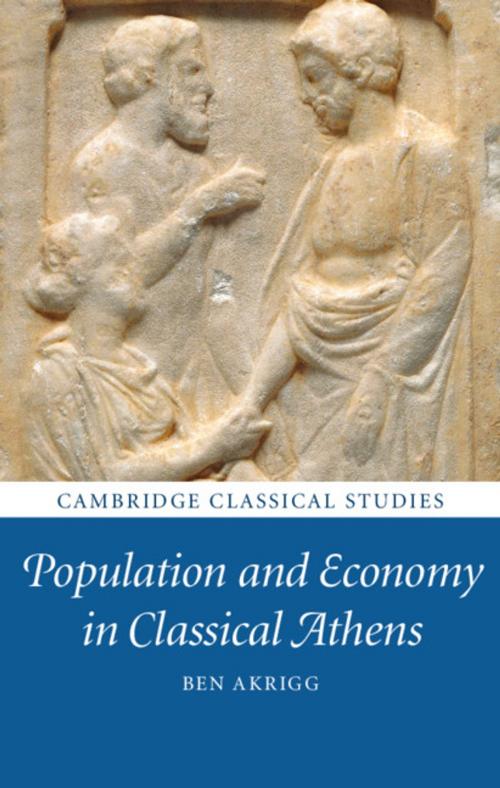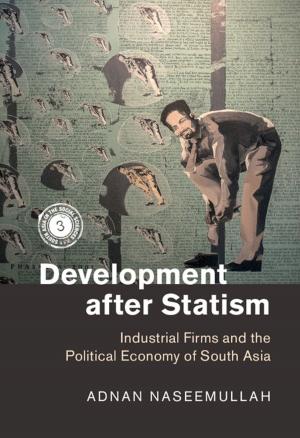| Author: | Ben Akrigg | ISBN: | 9781108694421 |
| Publisher: | Cambridge University Press | Publication: | March 28, 2019 |
| Imprint: | Cambridge University Press | Language: | English |
| Author: | Ben Akrigg |
| ISBN: | 9781108694421 |
| Publisher: | Cambridge University Press |
| Publication: | March 28, 2019 |
| Imprint: | Cambridge University Press |
| Language: | English |
This is the first comprehensive account of the population of classical Athens for almost a century. The methodology of earlier scholars has been criticised in general terms but their conclusions have not been seriously challenged. Ben Akrigg reviews and assesses those methodologies and conclusions for the first time and thereby sets the historical demography of Athens on a firm footing. The main focus is on the economic impact of that demography, but new conclusions are presented which have profound implications for our understanding of Athenian society and culture. The book establishes that the Athenian population grew very large in the fifth century BC, before falling dramatically in the final three decades of that century. These changes had important immediate consequences but the city of the fourth century was shaped in fundamental ways by the demographic upheavals of its past.
This is the first comprehensive account of the population of classical Athens for almost a century. The methodology of earlier scholars has been criticised in general terms but their conclusions have not been seriously challenged. Ben Akrigg reviews and assesses those methodologies and conclusions for the first time and thereby sets the historical demography of Athens on a firm footing. The main focus is on the economic impact of that demography, but new conclusions are presented which have profound implications for our understanding of Athenian society and culture. The book establishes that the Athenian population grew very large in the fifth century BC, before falling dramatically in the final three decades of that century. These changes had important immediate consequences but the city of the fourth century was shaped in fundamental ways by the demographic upheavals of its past.















